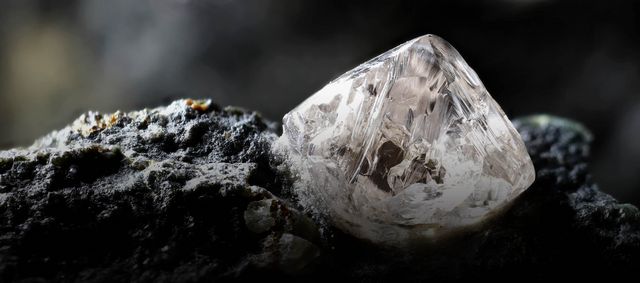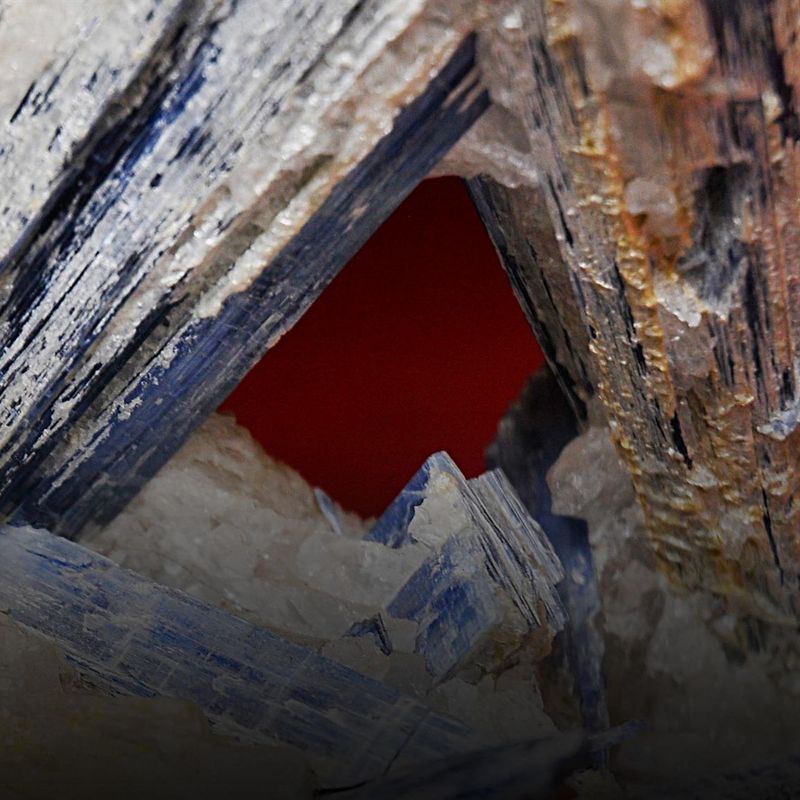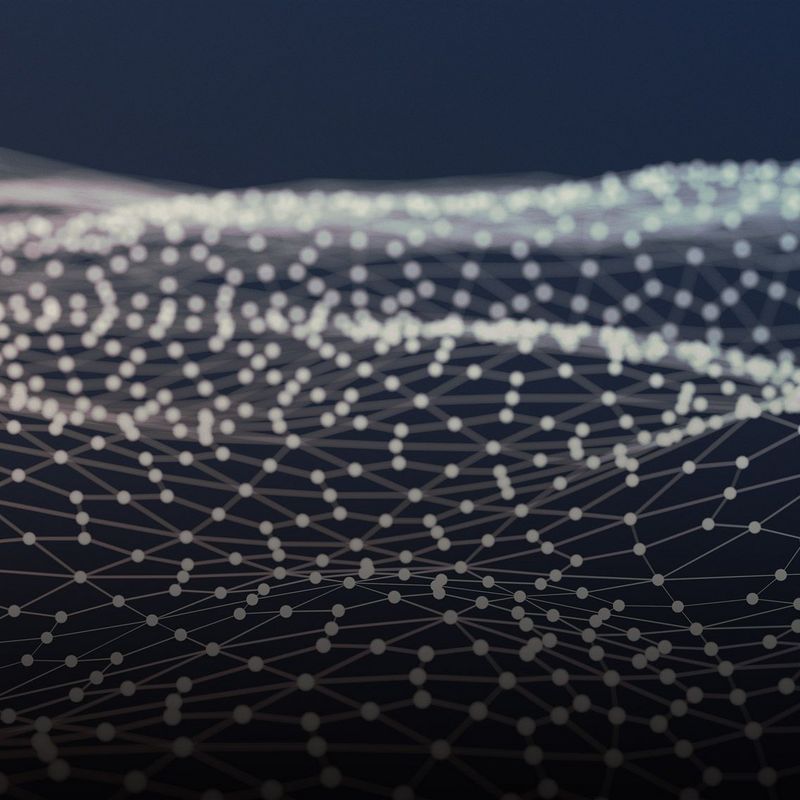3. Dezember 2020
Cars, computers and mobile phones all contain natural resources sourced from various parts of the world. And the problem here is that it simply isn’t easy to determine whether, for instance, the cobalt, lithium or nickel in our smart phone batteries have been extracted without serious consequences for people and the environment. This is because there aren’t yet any certification systems which are applicable to all mineral raw materials and which track them seamlessly from the original mineral deposit through to the end user. CERA is set to change all of that. Andreas Hucke from TÜV NORD subsidiary DMT explains how this holistic certification system works.
#explore: Why is a certification system for natural resources needed in the first place?
Andreas Hucke: The use of natural resources always comes in for criticism when the humanitarian or environmental consequences of their extraction and trade become public. One good example is that of the so-called blood diamonds which were used to finance violent conflicts in Angola and Sierra Leone. Large companies can opt out of dealing in raw materials from a particular region for ethical and image reasons. At the same time, however, it also deprives those people who work legally in such mines of their livelihoods. The idea is for certification systems to provide guidance in how to distinguish problematic sources of natural resources from unproblematic ones. They also offer guidance for consumers when it comes to making purchasing decisions.
What is CERA?
CERA is a certification standard for all mineral natural resources, such as cobalt and lithium, but also marble and diamonds. The system is designed to ensure that these resources are produced, processed and traded in an environmentally, ethically and socially sustainable manner. We’ve been working on the development of CERA with TÜV NORD CERT, the University of Leiden in the Netherlands, the Montanuniversität Leoben in Austria and Swedish companies RISE and LTU Business. Everyone involved feels that they can really make a difference here.
What distinguishes CERA from previous certification systems?
Current certification initiatives are dedicated exclusively to individual minerals or specific regions. With CERA, we’re looking at the entire path taken by natural resources from the point of view of sustainability criteria – from financing, production and trade through to the final product.
The idea is for certification systems to provide guidance in how to distinguish problematic sources of natural resources from unproblematic ones
To this end, we’re developing four standards that build on one another. Before production even starts in a mine, for example, the Readiness Standard kicks in. This lays down binding criteria for the assessment of a deposit in terms of its sustainable use. This gives banks guidance on whether they can justify lending to a mining project from an ethical and environmental point of view.
The main standard which we’re also working intensively on is the Performance Standard. This assesses the sustainability of the extraction and processing methods for natural resources. Auditors visit the sites, for example in China or Congo, to verify whether companies are actually complying with these standards. Alongside unannounced visits to the mines, the local population is also consulted to ascertain for certain that no child labour is being used at the local cobalt mine.
When I’m buying Christmas presents, for instance, can I already reassure myself today that the natural resources used in smartphones or tablets have been produced and traded sustainably?
This is virtually impossible, sadly. There are some beacon projects, such as Fairphone, which have actively supported our project. This Dutch company ensures that the materials used in its smartphones don’t come from conflict zones. In the jewellery sector, diamonds and gold are certified on a smaller scale. A lot of effort is currently being made in the mass-production industry and meeting with some degree of success. However, there are no comprehensive certification systems in place as yet. In this respect, as far as demonstrable sustainability is concerned, there’s still very little to show for all the work.
How can we ensure that these sustainably produced natural resources actually end up in smartphones and are not mixed with materials from questionable sources as they are traded?
This is where our Chain of Custody Standard kicks in, which guarantees the credibility, reliability and traceability of the retail chain. On the one hand, the material is tracked digitally via a hybrid system, which is partly based on blockchain technology. We’ve also developed a system by which the end customer can reliably check the origin and sustainability of the material and which at the same time, for example, prevents the competition from getting their hands on these sensitive company secrets.
On the other hand, physical samples of the relevant materials are also examined using “fingerprinting”: The distribution of trace elements can be used to determine whether a natural resource comes from a particular region or deposit.
We’ve deliberately designed this Chain of Custody Standard in such a way as to ensure that even micro-enterprises can input their natural resources into this material flow and sell them to large customers. A farming family that survives over the winter by looking for saleable natural resources does not have the financial or human resources to set up the appropriate management systems. Our system is intended to give these people too the opportunity to demonstrate the sustainability of their production.
The latest standard that we’re still developing is the Final Product Standard. This will determine how the end products or natural resources used are to be certified and declared from a sustainability perspective.
At the end of 2019, you introduced the first version of the Performance Standard. Where do things stand with CERA today?
Large companies such as Volkswagen and Siemens are now also represented on our Advisory Board. Carmakers and suppliers like these have a huge amount of interest in this kind of universal standard. Especially since, for example, there is no certification system other than CERA for the crucial natural resource of lithium. That’s why these companies are also supporting us in the pilot projects that we’ve launched. We’re currently running four such projects. Since the infrastructure and hierarchical levels of the system aren’t yet established, we as developers are having to take on all the roles first, meaning that we’re advising the companies and working on the audit sequence with our colleagues from TÜV NORD CERT. In these trials, we’re gaining some valuable experience that will enable us to carry on optimising our concept.
These might also interest you:
About Andreas Hucke
© DMT
Andreas Hucke is the Director of Business Development for Sustainability and Natural Resources at DMT and the initiator of the CERA system.



